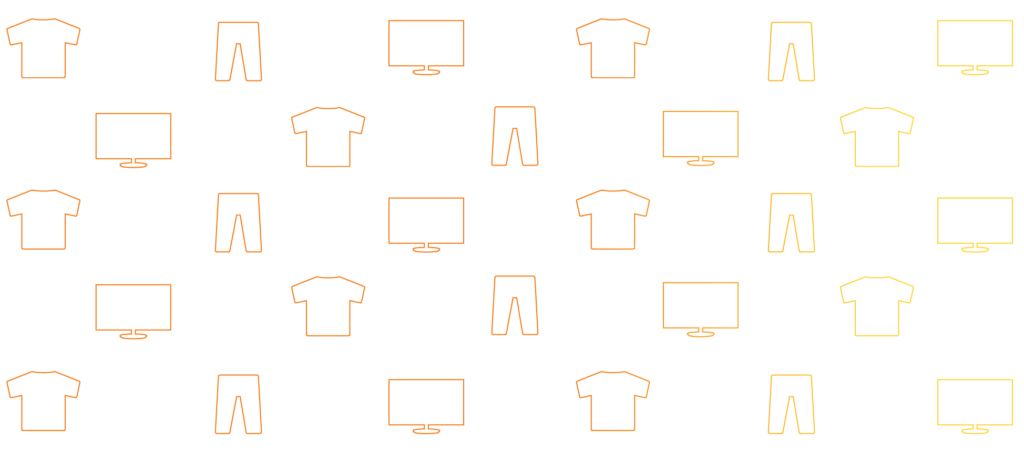This year, the holiday season will be an even stronger focus for publishers than usual. Due to the surge in online traffic caused by COVID-19, advertisers know that billions of people will be browsing the internet. And that means they’re willing to pay for premium impressions. Here’s how you can build a holiday ad monetization strategy that works to your advantage.
Increase floor prices
There is a ton of demand that is about to flood the market with the impending holiday season. Advertisers are looking to take advantage of people’s desire to shop and spend money during Black Friday, Cyber Monday, and the rest of the holiday season. Year over year, the digital advertising industry has seen increases in holiday ad spending. Raising your “floor prices” will raise the minimum acceptable bid for that specific ad. September or October is the perfect time to increase these floor prices.
Many publishers opt for a “set it and forget it” model, which means they’re leaving money on the table.
We recommend that you test your floor prices incrementally over the course of a week or so. Start with small adjustments, and monitor the effects. For example, begin with an increase of $0.05 to $0.25. More information on price floors can be found in this article.
Make ads more viewable
It’s understandable that more in-view ads translates to more ad revenue. The more that an ad is in-view, the more readers can see it and the more advertisers would be willing to spend on it. Consider implementing adhesive ads, whitespace ads, or a sticky sidebar ad that stays in place as you scroll on the page. These are particularly effective on mobile devices, but the more ads you can bring into view the more your CPMs will benefit.
In a recent study, we found that highly viewable inventory leads directly to higher yield, meaning more value for both you and your advertisers. These effects are cumulative: advertisers track your viewability scores, and as these scores increase across both your placements and your pages, advertisers see that you’re able to deliver quality inventory, and you’re then able to command higher CPMs.
Consider Amazon TAM or Google OB
Medium to large publishers with an existing header bidding (HB) setup are perfect matches for Google Open Bidding and Amazon’s Transparent Ad Marketplace.
Google OB and Amazon TAM are great ways for publishers to add a consistent source of competition to their ad stack so that they can increase competition.
Both of these ad types are server-to-server integrations, so you’re also adding a different inventory type to your ad stack. We typically see publishers experience a slight increase in CPMs.
If you’re curious about using Amazon TAM or Google OB, please reach out to our support team to get started.
Consider email monetization
Did you know that you can monetize your email database? You can do this by setting up hashed emails with Sovrn.
A hashed email is a de-identified version of an email address. For example, let’s say a website visitor’s email address is person@yourwebsite.com. The hashed version of this email might look like this: 5710eda8857f20cc1fe7c4b19978bb64.
For each 100,000 unique hashed email addresses, most publishers see a revenue increase of about $200 to $250 per month. The best part about this revenue stream is that it’s incredibly easy to implement & manage.
Here’s an article with some additional information, and here’s a link that you can use to get started.
Increase header bidding timeouts
If you’re using header bidding to monetize your site, you can allow your ad partners more time to bid by increasing the “tmax” setting in your site’s header bidding file.
Of course, this can affect your page latency as you’re effectively giving your ad partners more time to generate an ad. However, by increasing the header bidding timeout setting for Sovrn and/or other ad partners, you could allow them more opportunities to win.
We recommend setting your tmax parameter to 1500 ms, but it might be within your best interest to experiment with a tmax parameter of 1750 ms. Again, you’ll need to test this over a period of time to find the best results for you. Either way, you’ll stand to make a little more ad revenue.
Ask monetization partners for help
Sometimes it can be difficult to ask for help. How do you know what questions to ask? When is the best time to ask those questions? How much value will you actually get from the answers provided?
The key thing here is that each of your monetization partners has access to unique & insightful data that you can use to make strategic decisions. It’s up to you as the publisher to reach out and request that data.
Here are a few quick things that you can ask for:
- Who are the top advertisers that are spending on your site(s) for the last 30 days?
- What are the top ad sizes for each site in last 30 days?
At the very least, ask for them to review your account and ask if they have any recommendations.
Finally, if you want to take your holiday ad monetization to the next level, consider speaking to a member of our Services team. Our personalized ad management system is built to do one thing: make you more money. Just what you need for a nice holiday boost.

